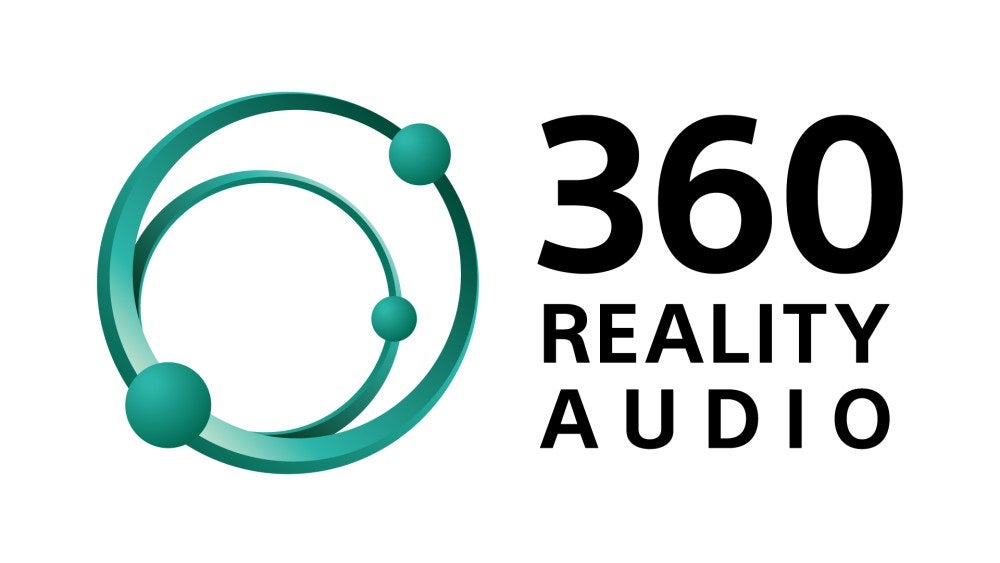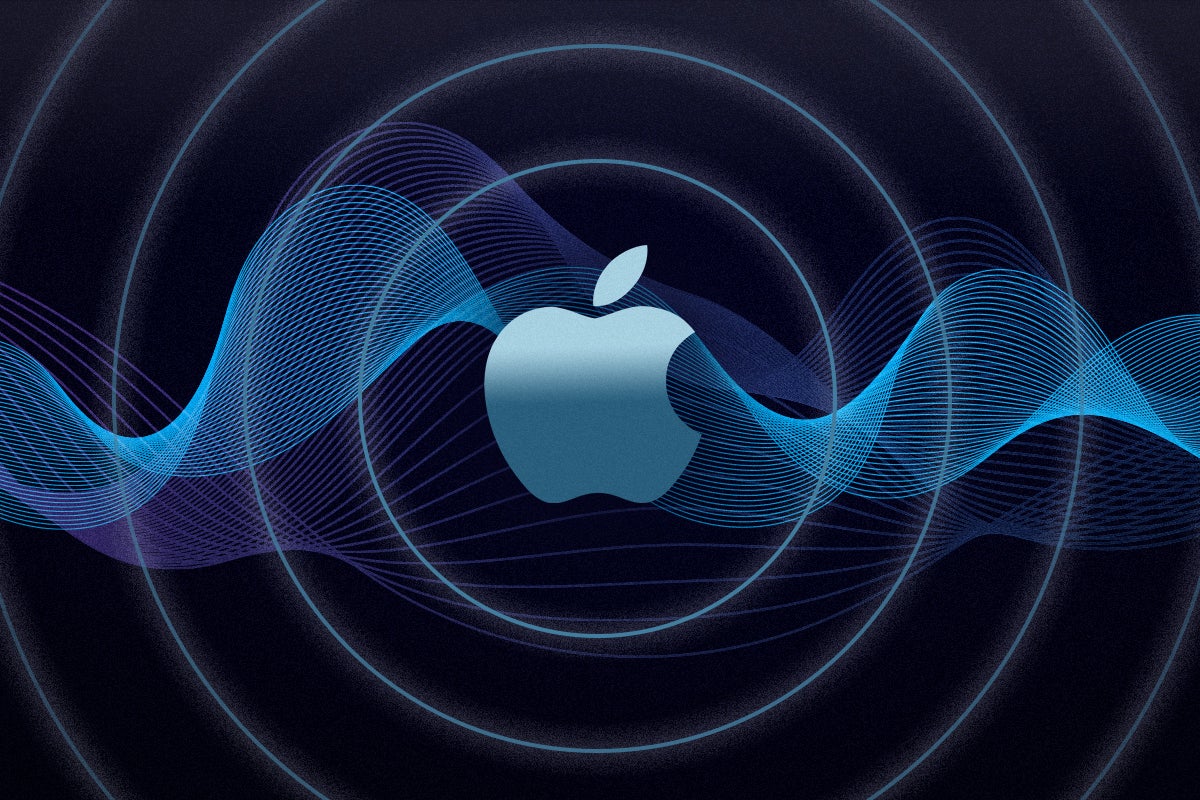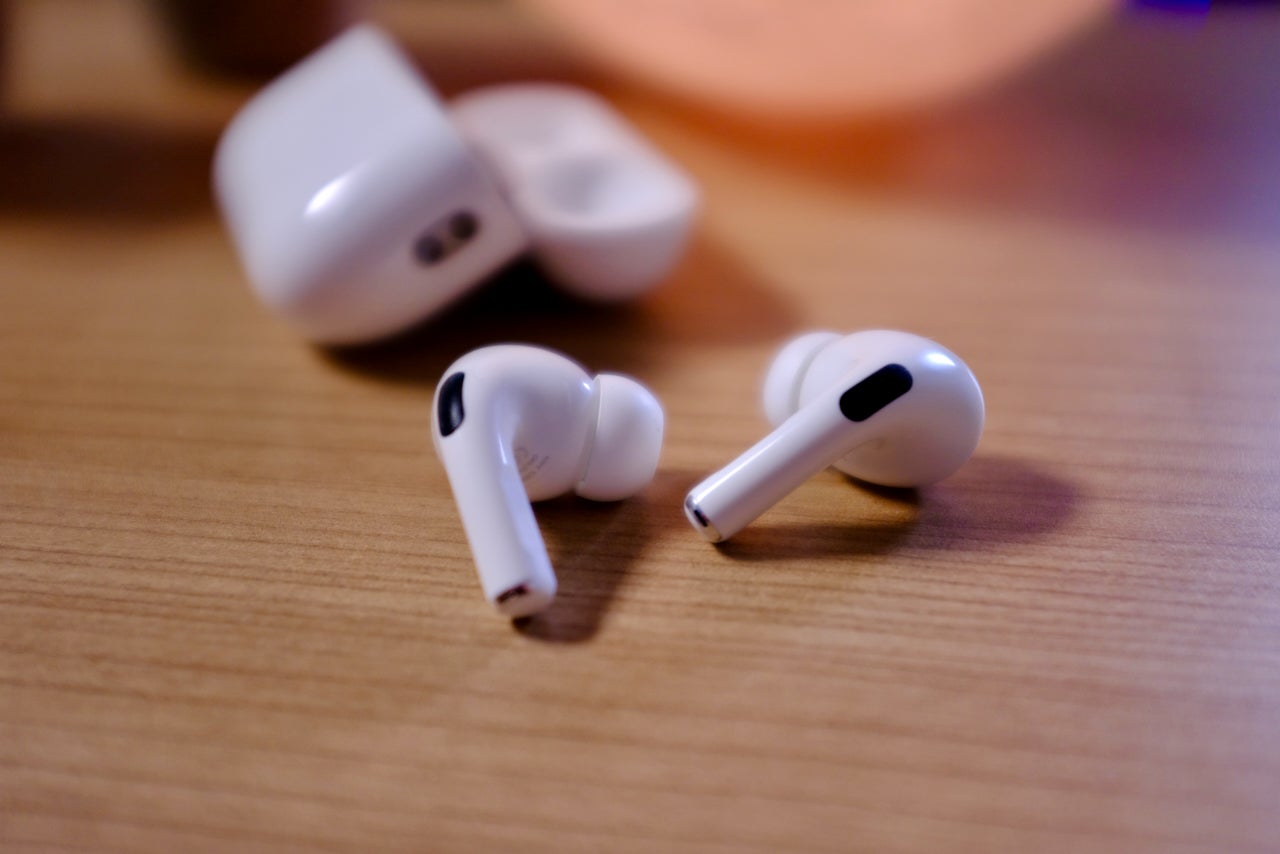What is LDAC? The wireless audio technology explained
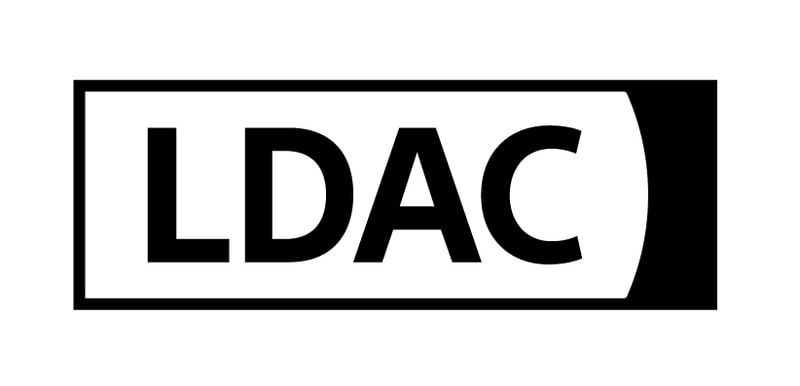
Listening to high quality music over a Bluetooth connection has until recently been something of a compromise. Bluetooth codecs, didn’t have the bit-rate, depth and sample rate to support high-resolution music, which is a trend that Sony’s LDAC looks to change.
Launched in 2015, LDAC is a proprietary wireless audio technology designed to help ‘widen’ the Bluetooth pipeline for higher quality music. While wireless technology has become massively popular in the last ten years, the quality of wireless audio is restricted compared to wired connections, with those of more audiophile tastes having to settle for lesser quality.
If you listen to digital music and want to hear your favourite artists in better quality, you’ll want to know how LDAC can make that possible.
What is LDAC?
LDAC is an audio coding technology for the transmission of high-resolution audio and the name stands for – well, actually we’re not entirely sure what. If it’s an acronym, Sony hasn’t said what it stands for, strangely.
What Sony has claimed about LDAC is that it uses three times more data streaming over Bluetooth due to the use of optimised packetization of data and more efficient coding.
You can stream LDAC audio up to 32-bit/96kHZ over Bluetooth at up to 990kbps compared to a standard Bluetooth connection (SBC codec), which has a maximum data rate of 328kbps. LDAC offers better data transmission.
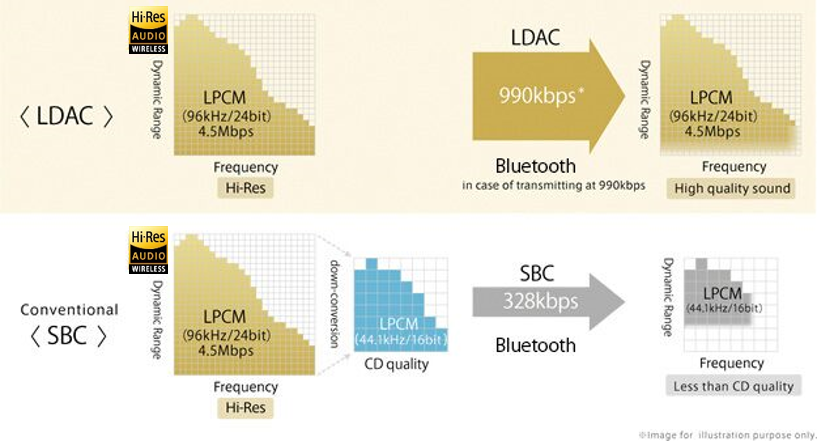
LDAC also comes with three different types of connection modes that quality, normal and connection. These are available different bitrates in at 990kbps, 660kbps and 330kbps, respectively. These can be manually toggled in your smartphone menu or headphone app, but it can also automatically switch between the options for the best sound quality at any given moment.
Sony’s technology also beats out Qualcomm’s aptX HD, which can stream at 576kbps, although the aptX Adaptive codec can scale the bitrate from 279kbps to 420kbps. However, despite the fact that it offers higher-quality sound, it is a lossy format which means data is lost in the transmission of audio. Qualcomm’s aptX Lossless with its Snapdragon Sound ecosystem aims to offer true lossless sound over Bluetooth.
Which devices support LDAC?
Unsurprisingly, lots of Sony products support LDAC from headphones to soundbars and wireless speakers. You can find LDAC support on products such as the WH-1000XM5, WH-1000XM4 and WH-1000XM3 over-ears, as well as the WF-1000XM4 and LinkBuds S true wireless.
Soundbars and speakers also come with support for the codec, with Sony again having the widest range of products, like the HT-ST5000 and HT-A7000 models.
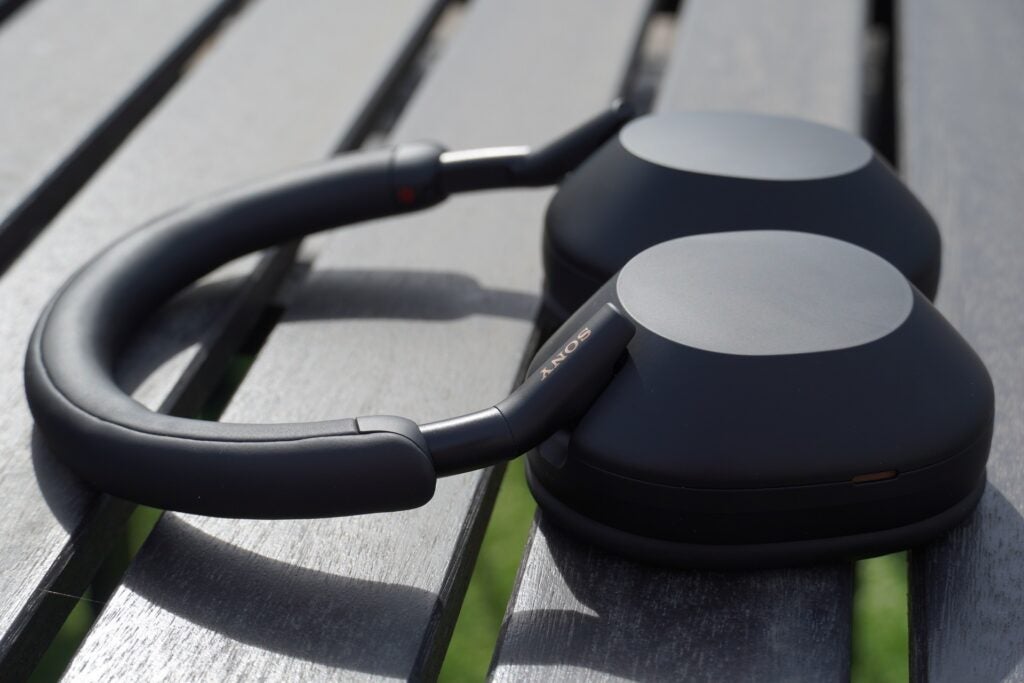
But it’s not all Sony. The Japanese brand has been lobbying LDAC to other brands to adopt the codec with Shure, Audio-Technica, Audeze, Oppo, Panasonic, Pioneer, 1More, Astell & Kern, Technics and Edifier just come of the companies that use the codec in their products.
And Sony has worked with Google to embed LDAC within the Android platform, so virtually any new Android smartphone (anything from Oreo 8.0 onwards) should have support baked in for LDAC.
Though to get benefit of LDAC’s increased performance, you need both a source and a receiver that are compatible, so check before you buy. We’ll always mention which codecs an audio product has in the main copy of the review and specs section.
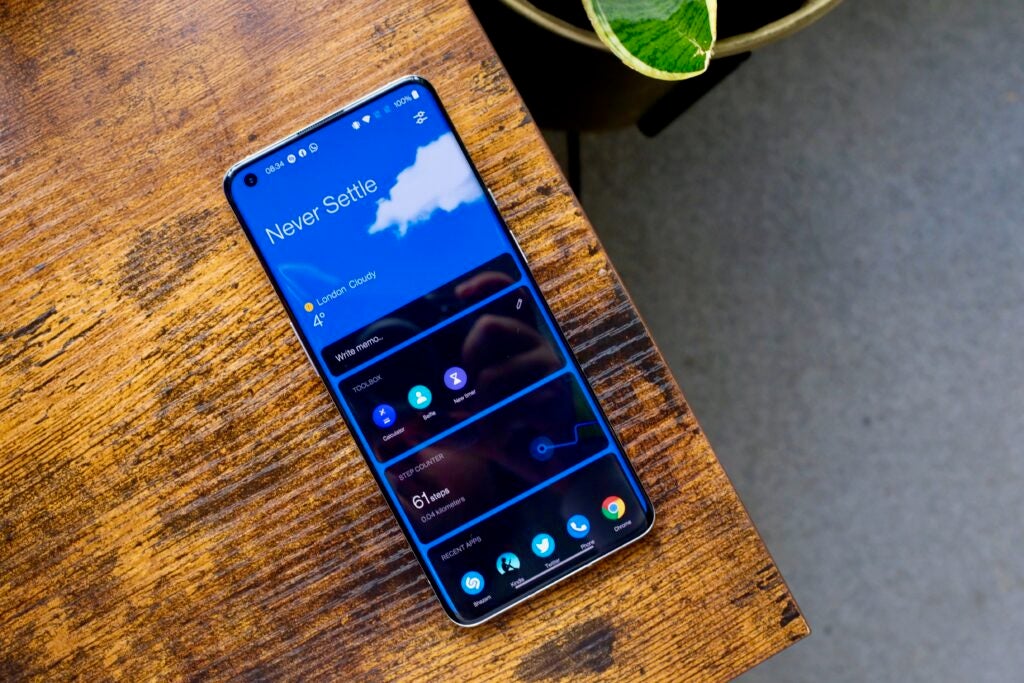
Like with audio devices, Sony takes the lead with handsets with the Xperia 1 II, Xperia 5 II, Xperia 5 IV and Xperia 5 III all integrating LDAC. Other notable smartphones that have it include OnePlus 9 Pro, OnePlus 8 Pro, Xiaomi Mi 11 and the Huawei P40 Pro.
You won’t find any LDAC support on Apple products, in case you were wondering, with Apple sticking resolutely to their AAC and ALAC. Pair an Apple wireless headphone with an Android device and the highest codec you’ll get is AAC.
Is LDAC worth it?
LDAC offers better audio quality than either SBC or AAC codecs but it is not true lossless audio, and therefore you won’t be hearing every ‘bit’ or detail in a piece of music. It is a compromise, especially compared to a wired connection, it is a compromise worth having.
If you’re someone who regularly streams from Spotify or YouTube Music, then there’s less of a need to have LDAC. LDAC is really for higher quality services such as Tidal, Deezer, Amazon Music and Qobuz.
So we’d recommend considering LDAC if you have audiophile and you want to experience higher quality audio in your home and when you’re out and about.



